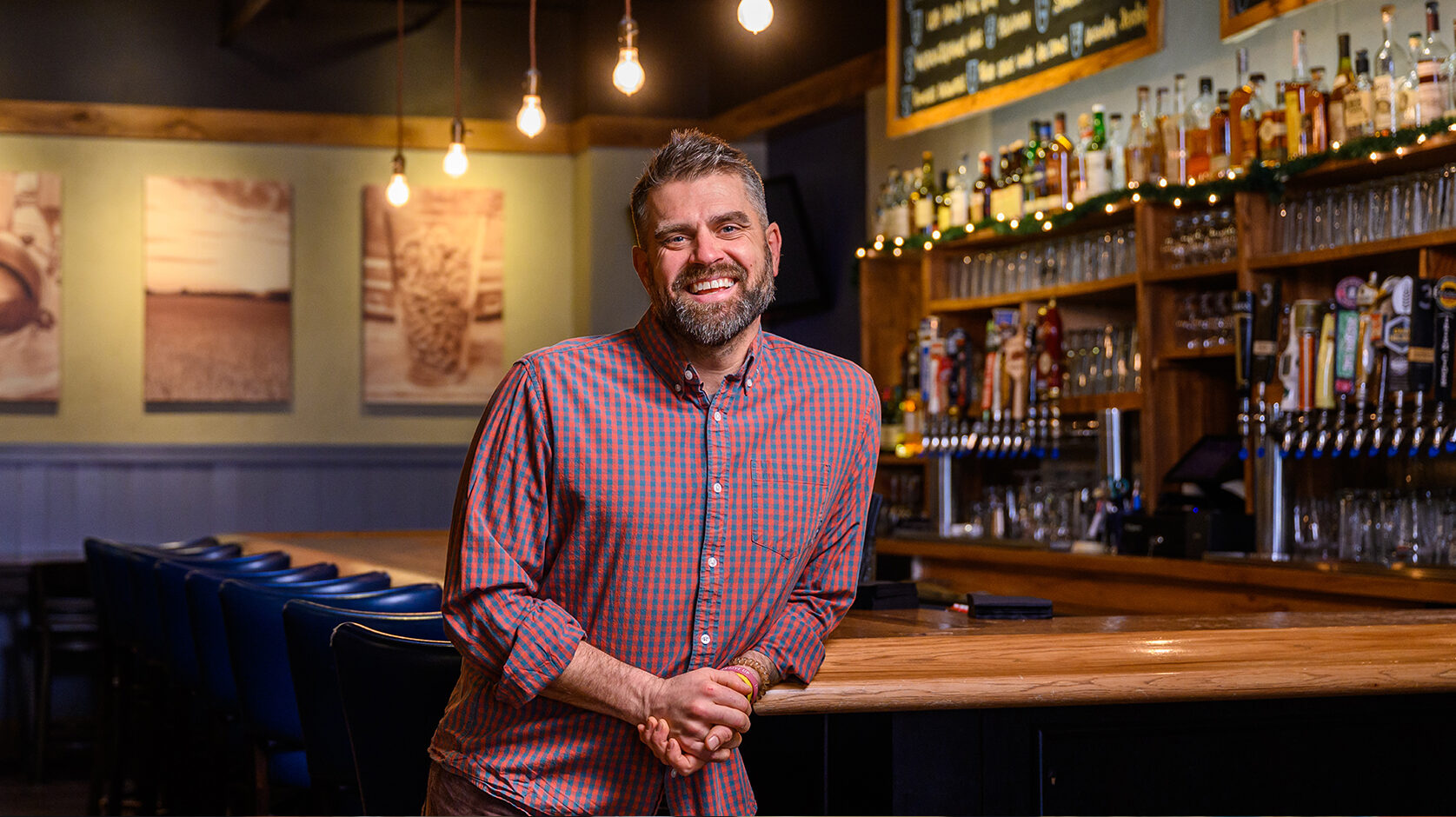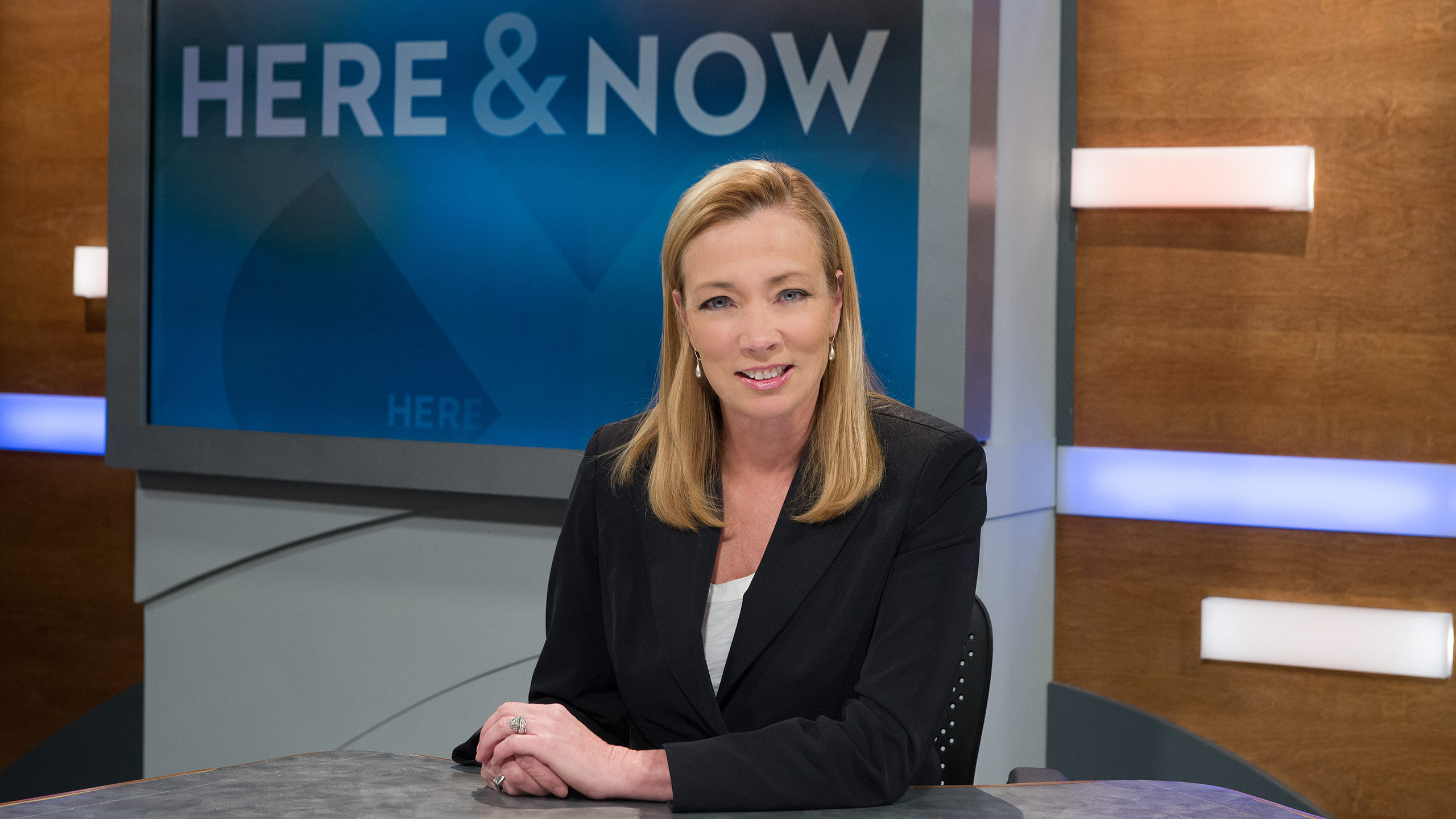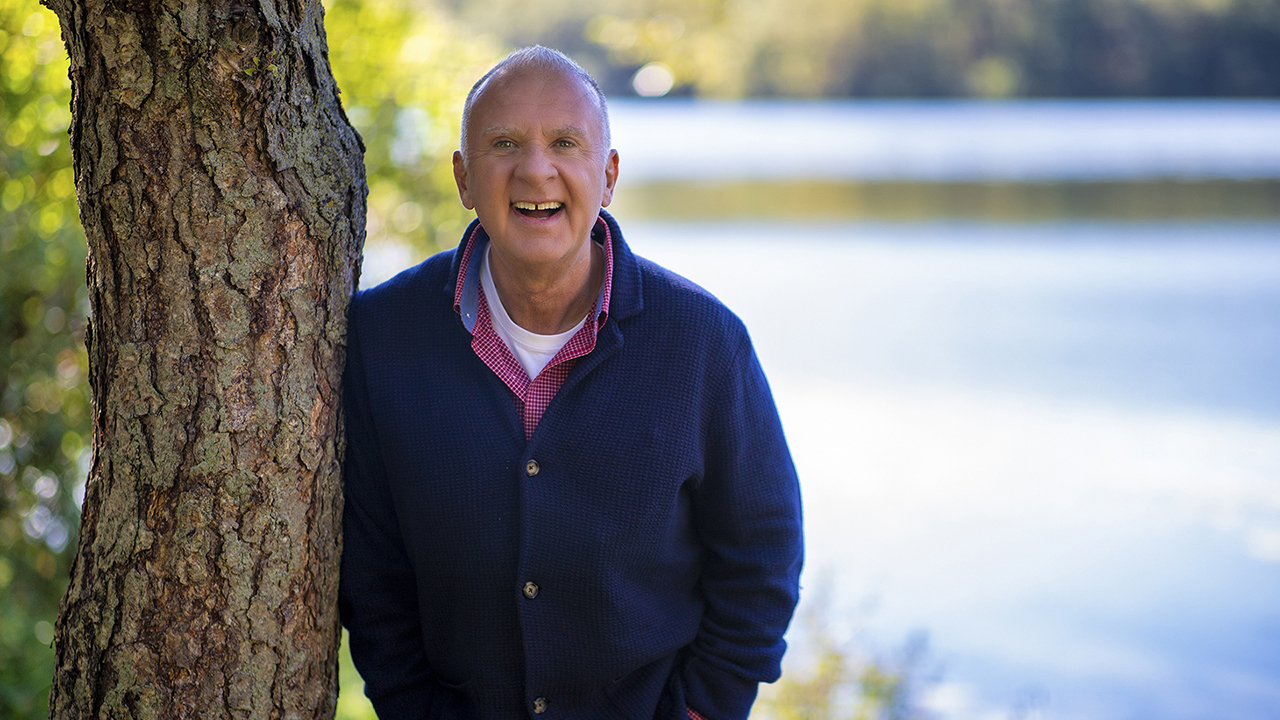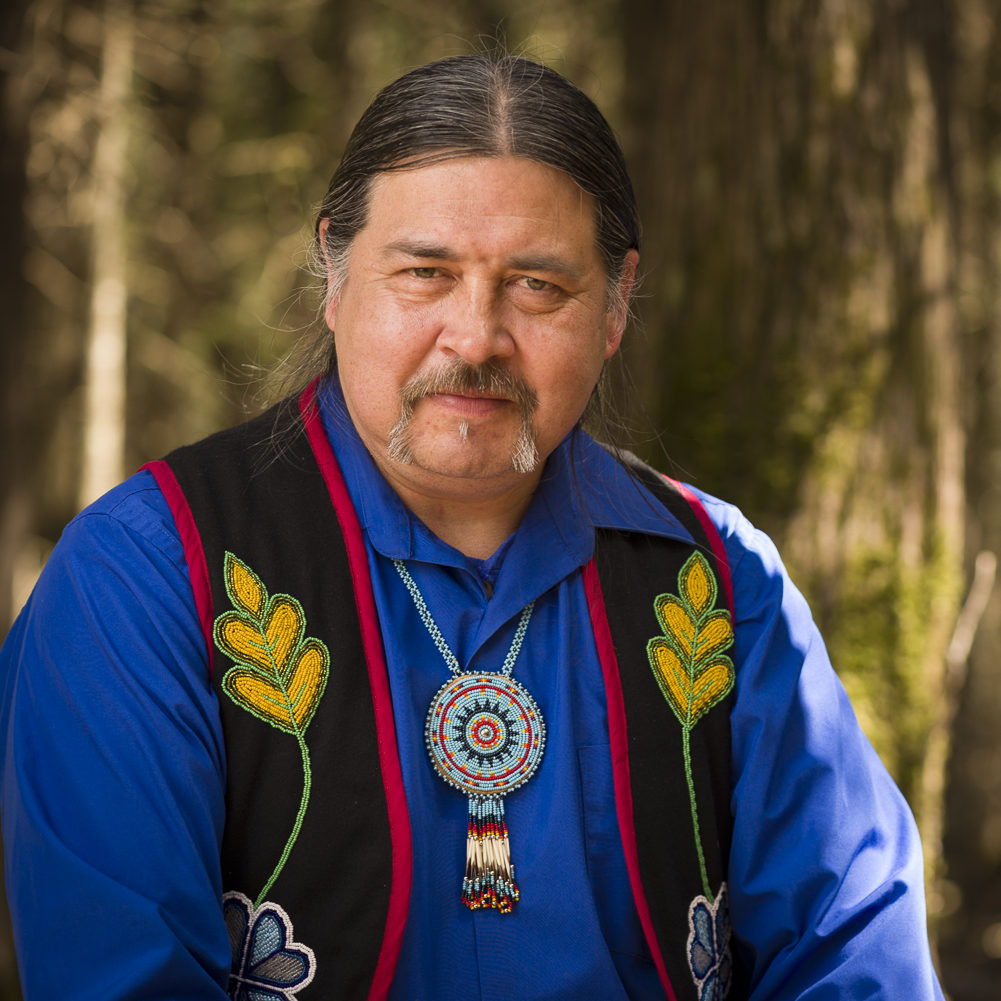Tribal Histories Q&A: Andy Gokee, Red Cliff Ojibwe
November 22, 2016 Leave a Comment
“Our history is an oral history, not written down,” says Andy Gokee, a member of the Red Cliff Band of Lake Superior Chippewa. “If it is written down, we don’t pay much attention to it.”
A new season of Wisconsin Public Television’s Tribal Histories premieres Thursday, Dec. 15 at 7:30 p.m.
 Recorded in the natural settings of the regions that native people have called home for centuries, these films feature tribal members sharing the triumphs, challenges and time-honored traditions that have shaped their vibrant communities across generations.
Recorded in the natural settings of the regions that native people have called home for centuries, these films feature tribal members sharing the triumphs, challenges and time-honored traditions that have shaped their vibrant communities across generations.
The series premiered in 2014 with the Menominee, Oneida and Potawatomi stories. In 2015, the Ho-Chunk, Stockbridge-Munsee Mohican and Bad River Ojibwe stories followed. The series continues with stories from the five other sovereign nations within Wisconsin’s modern boundaries, as well as the Brothertown Indian Nation, whose sovereign status is no longer recognized by the federal government.
All premieres air at 7:30 p.m., following Wisconsin Life.
Thursday, Dec. 15: Red Cliff Ojibwe History
Featuring Marvin DeFoe, Red Cliff Ojibwe Tribal Elder, teacher and master canoe maker; and Andy Gokee, director of the Native American Center at UW-Stevens Point
Thursday, Dec. 22: Lac du Flambeau History
Featuring Ernie St. Germaine, Lac du Flambeau Tribal Elder and American Birkebeiner Co-Founder
Thursday, Dec. 29: Brothertown History
Featuring Joan Schadewald, First Nation Brothertown Elder, Cowgirl and Peacemaker
Read on for a Q&A with Andy Gokee.
WPT’s Tribal Histories project is part of Wisconsin’s Act 31 Initiative to provide educational material about American Indians in Wisconsin to the state’s schools of education and K-12 teachers. Read more in this blog post.
According to the Red Cliff tribal site:
The Red Cliff Reservation was created through a series of treaties between the U.S. Government and the Red Cliff Band of Lake Superior Chippewa Indians (Red Cliff Band), the most recent being the treaty of 1854. The reservation is approximately one mile wide and 14 miles long, located at the top of the Bayfield Peninsula, on the shores of Lake Superior in northern Wisconsin. The village of Red Cliff, the location of tribal offices and businesses, is three miles north of Bayfield Wisconsin, a popular tourist community adjacent to the Apostle Islands National Lakeshore.
Currently, nearly 7,000 people are enrolled (living) members of the tribe, with nearly 1,800 residing in Bayfield County (1,266 on the reservation and 517 off-reservation).
What are some of the things that make the Red Cliff Ojibwe distinct from other nations, particularly the Bad River Ojibwe just a few dozen miles away?
The area now known as Red Cliff began as a seasonal fishing camp. Today, the reservation remains well-known for its significant level of both subsistence and commercial fishing activity.
Red Cliff’s close proximity to Lake Superior provides it with a very unique landscape. It includes dozens of miles of beautiful Lake Superior shoreline comprised of several large sandy bays abutted by sandstone cliffs. Similarly, its close proximity to the Apostle Islands archipelago, originally known as “Wenaboozhoo’s Islands,” provide a natural breakwater to the sometimes-dangerous waters of the big lake, making Red Cliff an ideal location for fishing activity.
(Wenaboozhoo is a half-human, half-spirit ancestral hero of the Anishinaabe.)
The present reservation began with lands set aside for Chief Buffalo and his band in the Treaty of 1854. The reservation land base was significantly expanded in the 1860s to its present size. Several families in Red Cliff are direct descendants of Chief Buffalo, a gifted diplomat and highly regarded orator who was known throughout Ojibwe country in the early and mid-19th century.
How did you approach this project, knowing that it can be hard to have one person speak for an entire community?
I made a small offering to the spirits of our ancestors, asking for both permission and assistance to speak about the history of the region and community.
Could you talk a bit about oral traditions vs. the idea of history as concrete names, dates and places?
You could say that our history is our knowledge of our past. When cultural or historical knowledge is passed from one person or being to another, it’s considered alive.
We have respect for that. For example, our languages: as long as someone speaks it, and someone hears it and understands it, then the language lives. If it’s only written in a book, and no one speaks or hears and understands it, then at that point it would no longer be alive. It would become an artifact, and its value greatly diminished.
Concerning written histories – particularly American history – I think the biggest issues are that those histories are largely written by non-Native academics from non-Native perspectives. We might question who has written it, from whose perspective, and very often the accuracy of the written material. If the Native point of view is present at all, the perspectives are often marginalized, and/or inaccurately interpreted and portrayed. For example, almost every American history textbook explains the origin of Native people in the Americas as resulting from migration from Siberia via the Bering Strait, while longstanding evidence to the contrary from a wide range of disciplines remains consistently ignored.
What do you most want viewers to get out of these programs?
To know that Native people have been here, still exist and are still here. Our history is ancient – but in a very short span of time since European contact, we have witnessed many changes.
And whether we are Native or non-native, we had all better start taking care of the land and water we now share if we want to live a good life. That’s kind of our job, or our purpose, as Native people: to teach or remind people of that. It’s very basic.
Funding for Red Cliff Ojibwe History provided by Irene Daniell Kress, Francis A. and Georgia F. Ariens Fund of the Community Foundation for the Fox Valley Region, The Evjue Foundation, Inc., Ron and Patty Anderson, Ira and Ineva Reilly Baldwin Wisconsin Idea Endowment, Timothy William Trout Education Fund, National Endowment for the Humanities, and Friends of Wisconsin Public Television.
Wisconsin history Wisconsin Public Television Wisconsin Public Television Wisconsin Documentary Tribal Histories
 Passport
Passport







